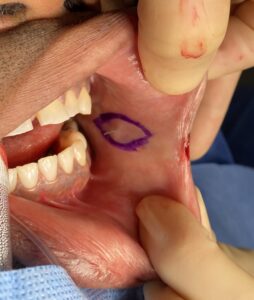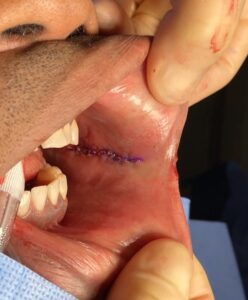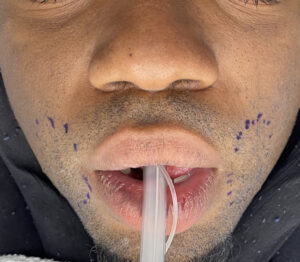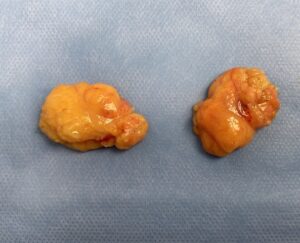
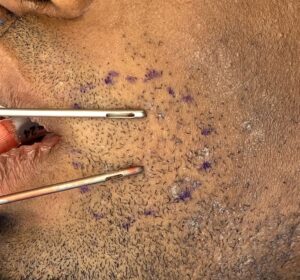
The combination of buccal lipectomy and perioral liposuction provides a dual approach that maximizes the amount of fat that can be reduced from the face to create a slimmer cheek appearance. But there remains a third and final soft tissue cheek contouring procedure…the buccinator mucosalmyectomy. (BMM)

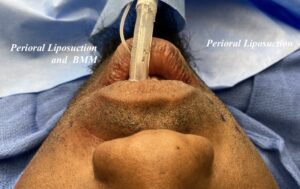
The buccinator muscle originates from the alveolar processes of the upper and lower jaw and extends horizontally to converge near the mouth corners. As the horizontal fibers get close to the corner of the mouth the fibers start to overlap (superior and inferior overlap the central fibers) and it thickens the muscular layer. By removing the thick mucosa and its attached fat with a small amount of the buccinator muscle (not full thickness), the area of the cheeks at the level of the mouth moves more inward. This is a complementary effect to that of the perioral liposuction.
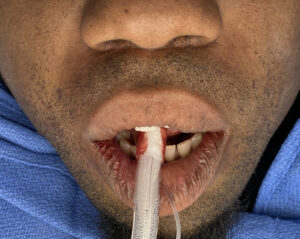
Dr. Barry Eppley
Indianapolis, Indiana




